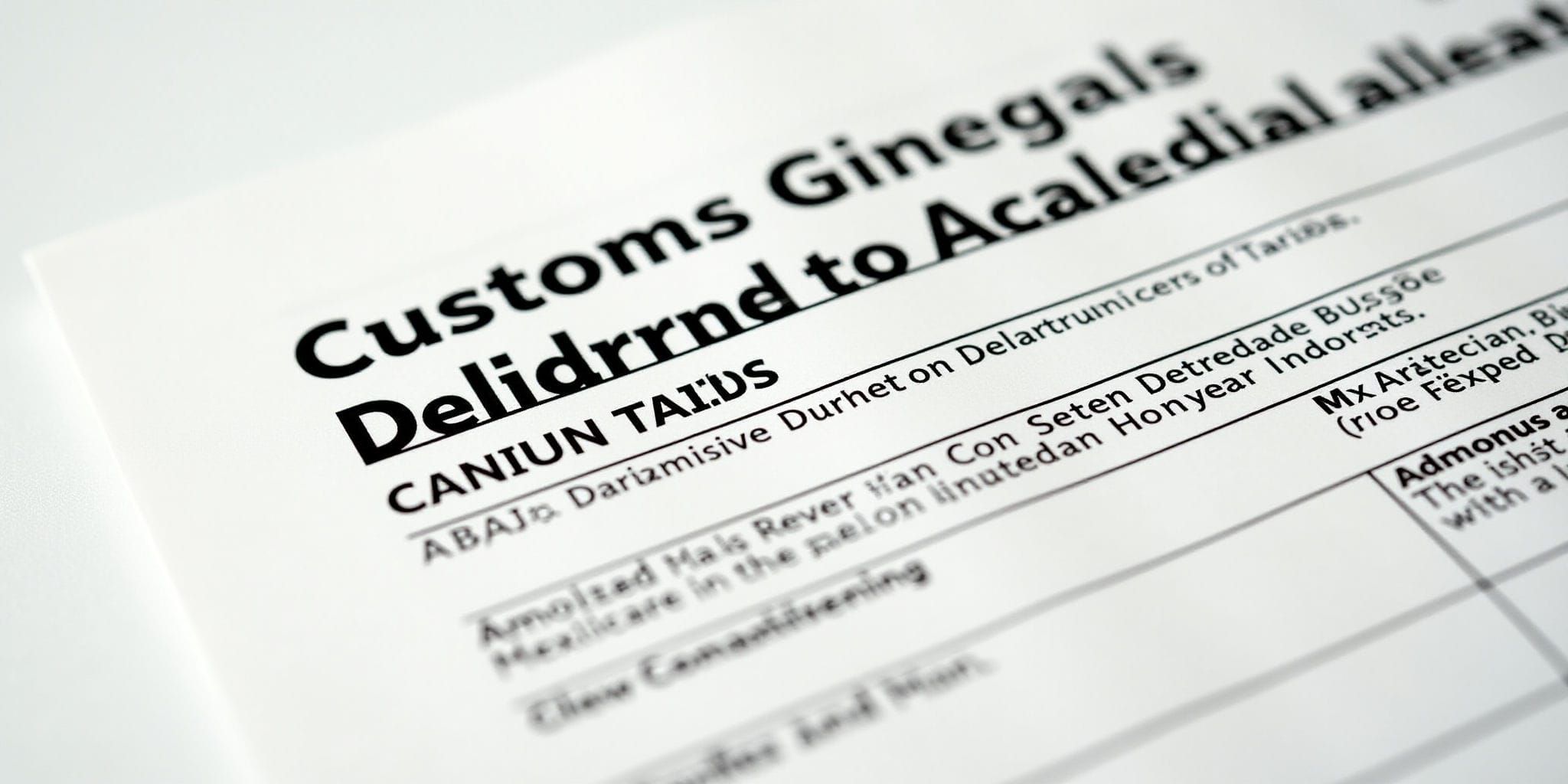March 5, 2025

In today's rapidly evolving global trade environment, staying informed about changes in international tariff regulations is crucial for anyone involved in logistics and supply chain management. The latest development comes from the U.S. Customs and Border Protection (CBP), which has announced impending changes to the harmonized tariff schedule for imports from Canada and Mexico. Understanding and adapting to these changes are vital for logistics professionals aiming to navigate the complexities of cross-border trade.
The recent announcement by the CBP, detailed in a federal register notice, signifies a significant shift in how tariffs will be enforced for imported goods from Canada and Mexico. The timing is crucial, with the changes slated to take effect just hours after the notice was published, marking March 4 as the start date for enforcement. This swift action underscores the importance of logistics professionals being agile and ready to implement new compliance strategies almost immediately.
The article highlights that these adjustments are part of a broader strategy to refine how tariffs are applied, possibly in response to evolving trade agreements and ongoing negotiations between the United States, Canada, and Mexico. As such, companies must ensure their categorization of goods aligns with the updated harmonized tariff schedule to avoid disruptions at the border.
For logistics professionals, these tariff changes mean immediate action is necessary to remain compliant. Companies will need to reassess their supply chains and ensure that import documentation accurately reflects the updated tariff classifications. Failure to do so could result in goods being held at the border, leading to costly delays and potential fines.
Moreover, this development could have a ripple effect on logistics costs and operational strategies. Companies might need to evaluate their current trade routes and supplier relations with Canada and Mexico, adapting to any new cost structures imposed by these tariff changes. Supply chains may also need to become more flexible, with contingency plans in place to adapt to any future shifts in trade policy swiftly.
The logistics landscape is continuously shaped by international trade policies and tariff regulations. As the CBP prepares to enforce new tariffs for Canadian and Mexican imports, logistics professionals must stay informed and proactive in adapting to these changes. Doing so will ensure the smooth flow of goods across borders and maintain the competitiveness of their supply chains. Staying updated on such developments is not only beneficial but essential in this dynamic industry.